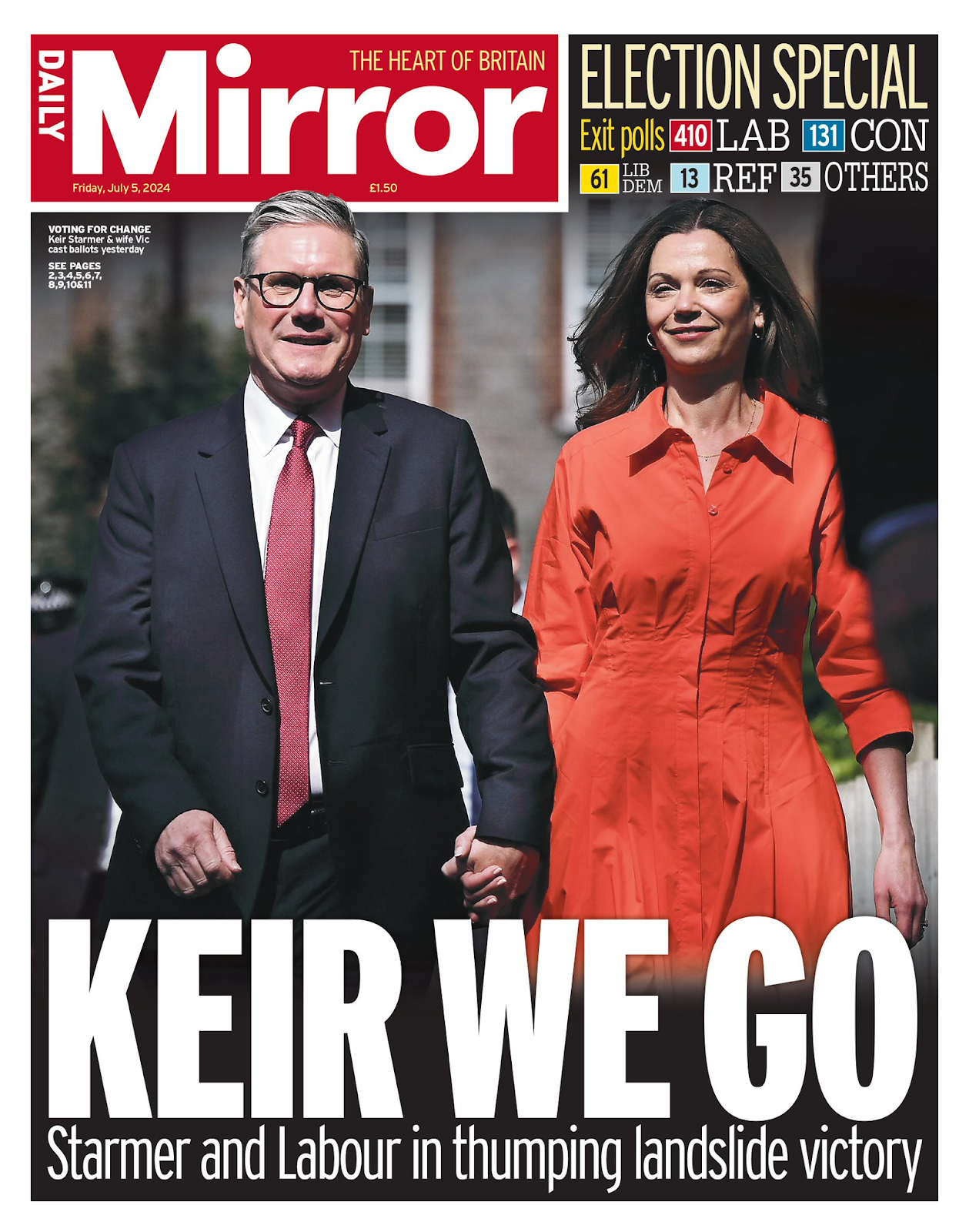Long form television dramas (LFTVDs) provide the narrative space to explore ideology in depth. Set in 1983 but produced in very different contexts, Deutschland 83 and Stranger Things use their episodic form to question or reinforce dominant values. D83 critically examines Cold War divisions and nationalist ideologies, while Stranger Things blends nostalgic reinforcement of American ideals with more subversive elements. This supports the view that the long form nature of television dramas facilitates sustained and often challenging engagement with dominant ideologies, shaped by political and socio-cultural contexts.
Economic context significantly influences the ideological stance of LFTVDs. D83, produced by UFA Fiction for the German broadcaster RTL and supported by international distributors like Sundance TV and Channel 4, was shaped by public-service values and co-financing from cultural funding bodies. These institutions typically support programming with historical, political, or cultural depth. As Hesmondhalgh argues, cultural industries that are less commercially constrained often take more creative and ideological risks. Episode one includes extended scenes of East German bureaucracy, personal ideology, and geopolitical tension, choices unlikely to survive in a purely commercial environment. Stranger Things, in contrast, was developed by the Duffer Brothers for Netflix, which is a subscription-based platform that relies on global mass appeal. The show's substantial budget (reportedly around $6 million per episode in season one) was justified by its potential to attract a wide audience across demographics and borders. This explains the heavy use of genre, nostalgia, and archetypal characters in episode one, which reinforce familiar ideological values. However, the show’s long form structure enables narrative evolution and complexity, particularly in character development and thematic arcs, showing that economic context, while influential, is not deterministic; long form television can challenge ideology even within commercial frameworks.
Political context shapes which ideologies are foregrounded. D83, made in a reunified Germany, retrospectively interrogates the East/West divide, subverting the dominant Cold War narrative by presenting Martin’s Western encounters with curiosity rather than fear. In episode one, his discomfort and confusion in a Western supermarket symbolises ideological destabilisation. Stuart Hall’s theory of representation helps explain how alternative meanings are encoded, prompting viewers to negotiate or oppose dominant views. Stranger Things, emerging in post-9/11 America, mirrors cultural anxiety around surveillance and government overreach. The Hawkins Lab, introduced early, is presented as shadowy and inhumane, an anti-authoritarian message wrapped in nostalgic aesthetics. Here, again, the extended narrative arc supports the core claim that long form dramas can sustain politically grounded ideological critique over time.
Socio-cultural context also informs ideological positioning, particularly around gender. Stranger Things draws heavily on 1980s genre conventions that typically marginalised women and girls, yet episode one introduces Joyce as both emotional and assertive, and Eleven as vulnerable yet powerful. Over time, Eleven becomes a central hero figure, challenging gender stereotypes. This evolution aligns with David Gauntlett’s idea that media offers “tools” for identity formation. In D83, gender roles are more constrained but still challenged. Lenora, Martin’s aunt, is introduced as a high-ranking figure in East German intelligence, a subversion of traditional gender expectations. Even in a patriarchal historical setting, women exert ideological and narrative influence, suggesting that the socio-cultural context of production enables LFTVDs to subtly challenge gender norms, particularly when sustained across episodes.
Characterisation is central to ideological representation. Martin’s identity crisis, catalysed in episode one as he leaves East Germany, invites audiences to question ideological certainty. Rather than a patriotic hero, he becomes a conflicted figure navigating overlapping systems. In Stranger Things, Mike and his friends initially embody innocent Americana, but their alliance with Eleven, an outsider, allows the narrative to question the innocence of authority and explore marginalised identities. These evolving character arcs support the view that long form dramas, by allowing ideological conflict to unfold over time, tend to challenge dominant ideologies more than reinforce them.
The episodic form allows specific scenes to carry long-term ideological weight. In Deutschland 83, the shot of Martin watching Western TV for the first time encapsulates the allure and ambiguity of the “enemy.” It’s a moment that starts a larger journey of ideological questioning. Stranger Things’ opening scenes (Eleven’s escape, the boys' D&D game, and the early signs of government conspiracy) establish themes of innocence lost and mistrust in institutions. These threads grow more complex across the series, proving that the long form format facilitates a layered exploration of ideology that resists simple reinforcement.
Audience reception also plays a role. According to Stuart Hall’s Reception Theory, D83’s complexity invites negotiated readings, especially for audiences less familiar with Cold War history. Stranger Things, though more reliant on dominant readings, still invites critique, particularly from younger viewers aware of gender and political themes. Gerbner’s Cultivation Theory also applies: across multiple episodes, viewers exposed to subversive elements, like Eleven’s growing independence or Martin’s disillusionment, may gradually shift their ideological assumptions. This reinforces the idea that LFTVDs encourage ideological negotiation, making challenge more likely over time.
In conclusion, both Deutschland 83 and Stranger Things show that while long form television dramas can begin by echoing dominant ideologies, their extended format enables complex character development, ideological ambiguity, and subtle subversion. Though rooted in different political and socio-cultural contexts, both dramas ultimately illustrate that the long form nature of television dramas enables a sustained and multifaceted engagement with dominant ideologies, and most often, a challenge to them.

